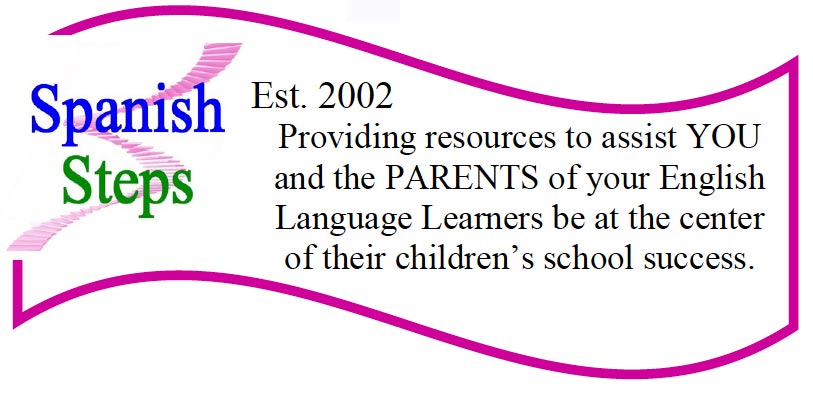While no one can really say with absolute certainty, experts estimate that the English language contains somewhere around 600,000 words, making it the ‘wordiest’ language in the world. That’s really interesting, especially if you think about how many words native English-speakers typically use in their average day . . . about 2,500!! It’s also estimated that the average native English-speaker has a vocabulary of 15,000 to 20,000, (again, no one knows for sure). That seems like an awful lot of words going to waste!
Something that people learning English struggle with are those little things called phrasal verbs. It’s tough for them to grasp that simply by adding a preposition to a verb, you can completely alter the meaning. Take the verb ‘to take’ (in Spanish, tomar). Now consider the difference in meaning when we add that preposition: to take out, to take off, to take in, to take away, to take back, to take over, to take up, to take on . . . you get the idea!
There’s a lesson here for folks learning Spanish. A good suggestion is to remember that, while you may read, write and speak your native language like the well-educated adult that you are, your ability in the language you’re acquiring is much more childlike and your vocabulary is not as extensive. Don’t try to translate everything ver batim from English. A story was once told about the Spanish teacher who was grading essays and came across the words, ‘Yo tomé espalda el libro.’ Scratching her head, the teacher was baffled for a moment but, because she was a native-English speaker and knew the thought process of the composer, she knew that the student had looked up ‘to take’ in his dictionary, and then proceeded to look up, ‘back’ (espalda). Putting the two together he came up with ‘tomé espalda.’
The moral of the story? if you get into a bind trying to translate something like, ‘to take back,’ the first thing you should ask yourself is, ‘IS THERE ANOTHER WAY TO SAY THAT IN ENGLISH. You will more than likely think, “Ah yes, TO RETURN!” (devolver) This will assuredly make using your Spanish-English dictionary much easier and produce more fluid results.
So, remember, if you’re stuck . . . rethink it in English first!

